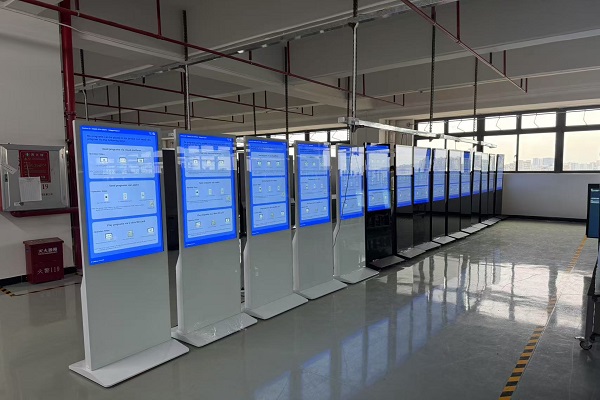Digital Signage --a kind of digital display
Digital Signage --a kind of digital display
1. Technical factors that promote the popularization of digital signage
Display technology progress
The maturity of new display technologies such as OLED and Micro LED has significantly improved digital signage in terms of brightness, contrast, and energy consumption. Ultra-narrow border splicing technology enables seamless large-screen display, 4K/8K ultra-high resolution ensures the fineness of the picture, and HDR technology provides a wider color gamut and more realistic color performance. These technological advances expand the application possibilities of digital signage in high-light environments and large venues.
Hardware performance improvement
The processing power of modern digital signage media players is comparable to that of high-end PCs, and can smoothly decode high-definition video content in multiple formats. Modular design makes system maintenance and upgrades more convenient. At the same time, the continuous decline in hardware costs has reduced the total cost of ownership of digital signage, making it more attractive to small and medium-sized enterprises.
Software system development
The application of cloud computing technology has enabled digital signage content management to break through geographical restrictions and support remote centralized control and distributed deployment. The integration of AI algorithms enables intelligent content recommendation and audience behavior analysis. The popularity of the SaaS model allows users to use advanced digital signage systems without a large amount of upfront investment, and the pay-as-you-go model also reduces the threshold for use.
Network technology support
The high bandwidth and low latency characteristics of the 5G network provide reliable guarantees for real-time content updates of digital signage. IoT technology enables digital signage to link with other smart devices to form a complete smart environment system. Edge computing reduces the pressure on the cloud and makes localized content processing and rapid response possible.
This is a customer from Kazakhstan. He purchased a 55-inch infrared touch vertical advertising machine. The production process was very smooth and the production was completed in just 5 days. The customer received the goods in less than 25 days and expressed that he was very satisfied with the product.
2. Future development trends of digital signage
Enhanced interactive experience
In the future, digital signage will pay more attention to the human-computer interaction experience. Gesture control, voice recognition and AR technology will make information acquisition more natural and intuitive. The application of biometric technology will enable personalized content push, such as displaying product recommendations for the corresponding age group based on the identified customer characteristics. Haptic feedback technology may add a new interactive dimension to digital signage.
Improved intelligence
AI technology will be deeply integrated into the digital signage system to achieve automatic content generation and optimization. By analyzing environmental data and traffic patterns, the system can independently determine the best content playback strategy. Emotion recognition algorithms can evaluate audience reactions and adjust the way information is presented in real time to maximize the communication effect.


